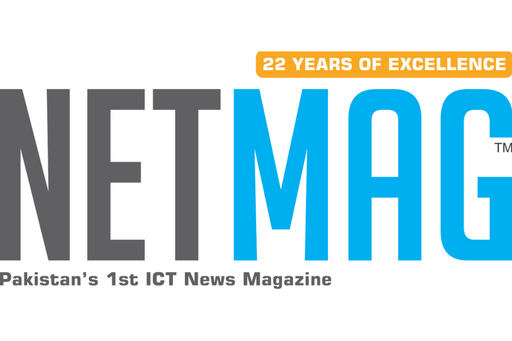Microfinance Banks Lead the Charge in Financial Inclusion Despite Challenges
Microfinance banks (MFBs) are playing a critical role in expanding financial services to Pakistan’s low-income population, even amidst economic difficulties. Here’s a breakdown of their impact:
- Wider Reach: MFBs boast a larger number of accounts (80% of branchless banking accounts) compared to conventional banks, reaching more unbanked citizens.
- Convenience and Affordability: Branchless banking offered by MFBs provides a cost-effective and accessible way for people to access financial services.
- Supporting the Underserved: MFBs have more borrowers (5.7 million) than conventional banks (4 million), with a significant portion (58%) receiving loans without collateral, catering specifically to the underserved.
READ MORE: “Pakistan Targets Record High Primary Surplus in FY25”
Challenges and Considerations:
- Higher Credit Risk: The lack of collateral and factors like economic vulnerability and climate risks in agriculture (a key sector for MFB borrowers) lead to higher credit risk for MFBs.
- Data and Recovery: MFBs may need data-driven credit models and improved post-pandemic borrower relations to enhance loan recoveries and manage credit risk.
- Solvency Concerns: Addressing these challenges is crucial to protect MFBs’ financial health, especially considering their already stressed solvency position.
Overall, MFBs are a vital force in financial inclusion, but for sustained success, they need to address credit risk management and build buffers against economic disruptions.



